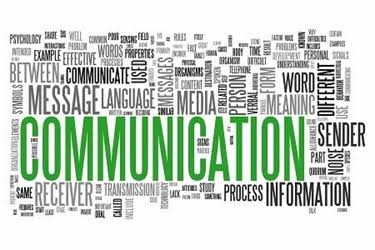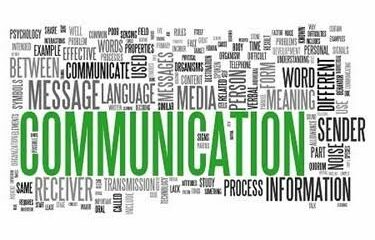Education
Levels Of Nonliteral Communication

Nonliteral Communication – The use of language involves much more than knowing it and being able to produce and recognise sentences in it. Akmajian et al. (2012) affirm that communication is also a social affair, usually taking place within the context of a fairly well-defined social situation.
Most times, we think of communication simply in terms of direct or literal communication, whereas effective communication transcends such a simplistic approach. In this article, I will briefly explain direct and literal communication; afterwards, I shall discuss nonliteral communication in detail.
In direct or literal communication, only one communicative act is performed, and what is said is compatible with what is meant. Simply rendered, in direct and literal communication, we say what we mean, and we mean what we say. A number of underlying principles guide direct or literal communication. First, the language of such a communicative exchange is unambiguous. Second, what the speaker is referring to is determined by the meaning of the referring expression uttered. Also, the communicative intention is determined by the meaning of the sentence. Finally, speakers use words, phrases and sentences only to communicate.
RECOMMENDED: Discourse Markers In Communication
By contrast, real-life interaction relies on principles that take contextual appropriateness into account to compensate for the pervasive ambiguity of natural languages (Akmajian 2012: 369). In natural language use, we do not always mean (to communicate) just what our words mean. As such, persons engaging in discussions must be actively involved in the process of achieving meaning through much more than the words, phrases and sentences suggest. This brings us to the realm of nonliteral communication.
At moments when the message of a communicative process is not captured by the words, but by further cognitive processing, we are said to be in the realm of nonliteral communication. In the rest of this article, therefore, I will discuss the use of figurative expressions to achieve nonliteral communication and the strategies of nonliteral communication.
One figurative way of achieving nonliteral communication is through overstatement, technically called hyperbole. When a person says, “Nobody ever listens to me,” this is just a way of saying, “Not enough people listen to me.” Another instance is to say, “This is the worst performance I’ve ever seen.” The actual meaning of the sentence is: that the performance was very bad.
Nonliteral expressions are also achieved through irony or sarcasm. If, after a while, one of the persons involved in an argument decides to say, “Okay, you have won,” the actual meaning of the expression is: “I will let you be if you won’t listen to me,” not “I am convinced by your argument.” Synecdoche which means using a part to represent a whole or a whole to represent a part is also a nonliteral means of communicating.
Related Articles:
- Don’t Take It Personal: Word Classes And Errors Of Usage
- Subjunctives In English
- Expressing Etiquette In English
When, for instance, a football fan tells another fan, “Your boys are nowhere close to my boys,” this is a process of adding the fans to the number of players that determines who wins a match or the management team of the club. This is a way of representing a part (players/the management) with a larger part (fans). A common example with which a whole is represented with a part is to say, “We had so much to do, so it was all hands on deck.” This statement literally means only the hands were involved, whereas the real meaning is that everyone got actively involved in the work.
Moving on to the strategies of nonliteral communication, one essential strategy is indirectness. The following examples given by Akmajian et al. (2012) suggest indirect means of communication:
The door is over there (used to request someone to leave).
You’re the boss (used to agree to do what the speaker says).
I should never have done that (used to apologise).
It’s getting late (used to request the hearer to hurry).
Another strategy of nonliteral communication is cultural orientation. Sometimes, by virtue of shared cultural knowledge, participants in interactions are able to arrive at the same interpretation. For instance, among the Yoruba of Nigeria, when a child returns from an errand and presents some goods to their mother, she then says, “Put them on my head.” This is culturally understood as saying the child should take the goods to wherever they should be.
Other similar examples mutually shared among the Yoruba are: “Leave the whole house in disarray before I get back” (when it is actually a warning that the apartment must be kept tidy) and “Leave this house if you are the true son of your father” (when a mother means to warn a child not to leave the house). Proverbs, idioms and adages are also forms of nonliteral communication, and they are found in almost all languages.
In conclusion, communication is not always a straightforward process. Consequentially, language users must understand that communication requires active mental involvement for appropriate interpretation of talks and writing.
(c) 2023 Ganiu Bamgbose writes from the Department of English, Lagos State University.













